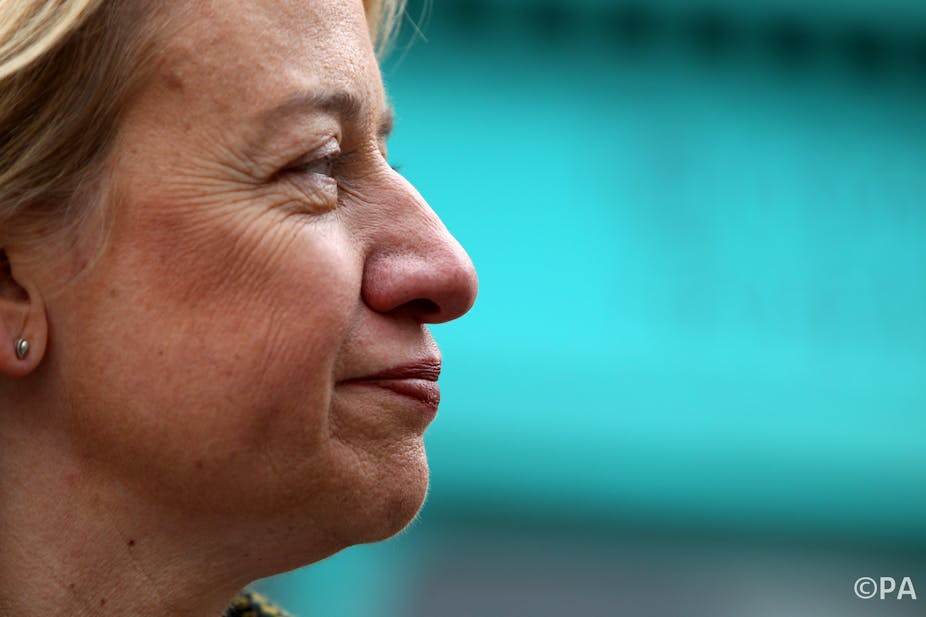The Green Party manifesto is built on the premise that the solutions to problems are found by creating a series of virtuous circles – a cycle of events in which each stage aims to increase the benefits of the next. Within mental health, they highlight the various interactions between mental health and the welfare system, crime and substance misuse.
The party continues the call to end workfare (as it has since at least 2008) along with a statement that “Our current welfare system breeds desperation and stress”. Similarly the manifesto draws connections between psychological wellbeing, substance misuse and crime.
It appears the main proposal to overcome these and other social determinants of mental health problems is to finance virtuous policy circles. Areas for financial investment include staff training, mental health beds and crisis care, talking therapies, addiction services, as well as focusing on the needs of specific populations and groups who are commonly oppressed or stigmatised, such as refugees and LGBTIQ communities.
However, the manifesto is vague on what comes after the initial funding and how any changes would be maintained. This is where the gap appears to be, triggering a virtuous circle is admirable but the reality is that these processes will need lasting support, maintenance and care. This is magnified in the allegorical reference to mental health’s “Cinderella status”. Well Cinderella married the Prince and they lived happily ever after. If The Green Party is going to play Fairy Godmother, waving the magic wand of initial investment, it’s unclear what will fund the regal lifestyle which comes afterwards.
More than a good book cover?
The brevity that comes with manifestos inevitably highlights the gap in detail. Within the five pages spent on health and wellbeing here, we see previous governments criticised for “ideological tampering”. However, it’s unclear whether we are being treated to anything more than rhetoric within the Green manifesto.
There are some clear partnership calls such as a commitment to continued support of the time to change campaign. There are also SMART goals like an end to police cells being used as a place of safety in cases of mental health in children (by 2016) and for adults in all but exceptional circumstances (by the end of the next parliament). Focus areas such as these are easy to pick up from a quick browse of mainstream media stories and social media trends. What we need to see next is how they can be actioned in a psychosocially conscious way.
It is great to make a commitment to ensuring no-one waits more than 28 days to access talking therapies but that may or may not mean access to the high quality comprehensive psychological and social interventions which can really make a difference to people’s lives and society as a whole. One would hope it does and the indications are positive. For example the promise to invest in dementia services includes a promise to support families and carers.
The Conversation’s Manifesto Check deploys academic expertise to scrutinise the parties’ plans.

